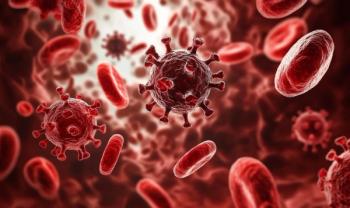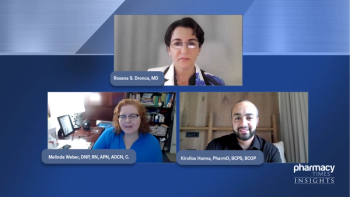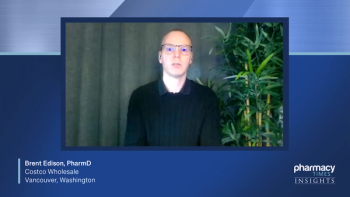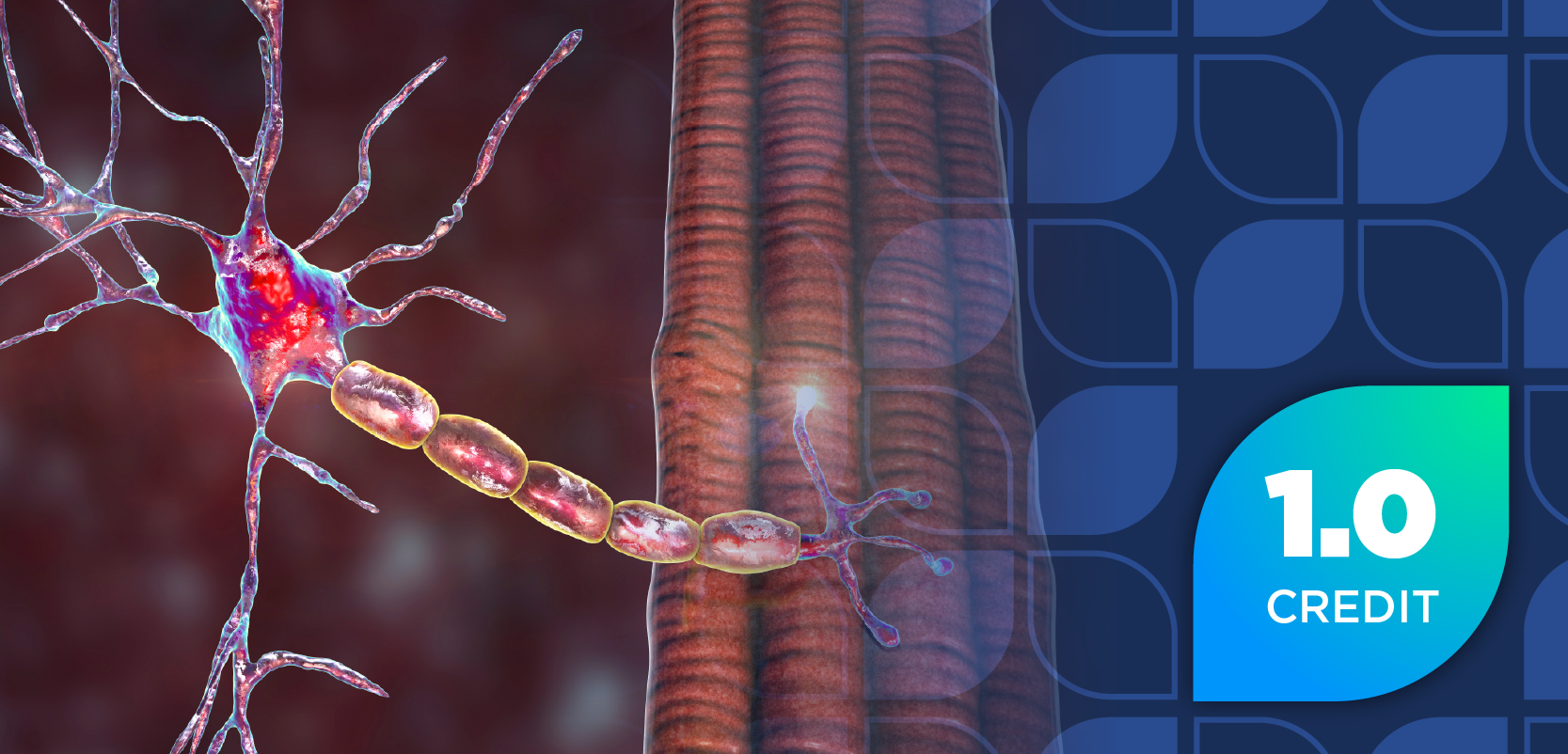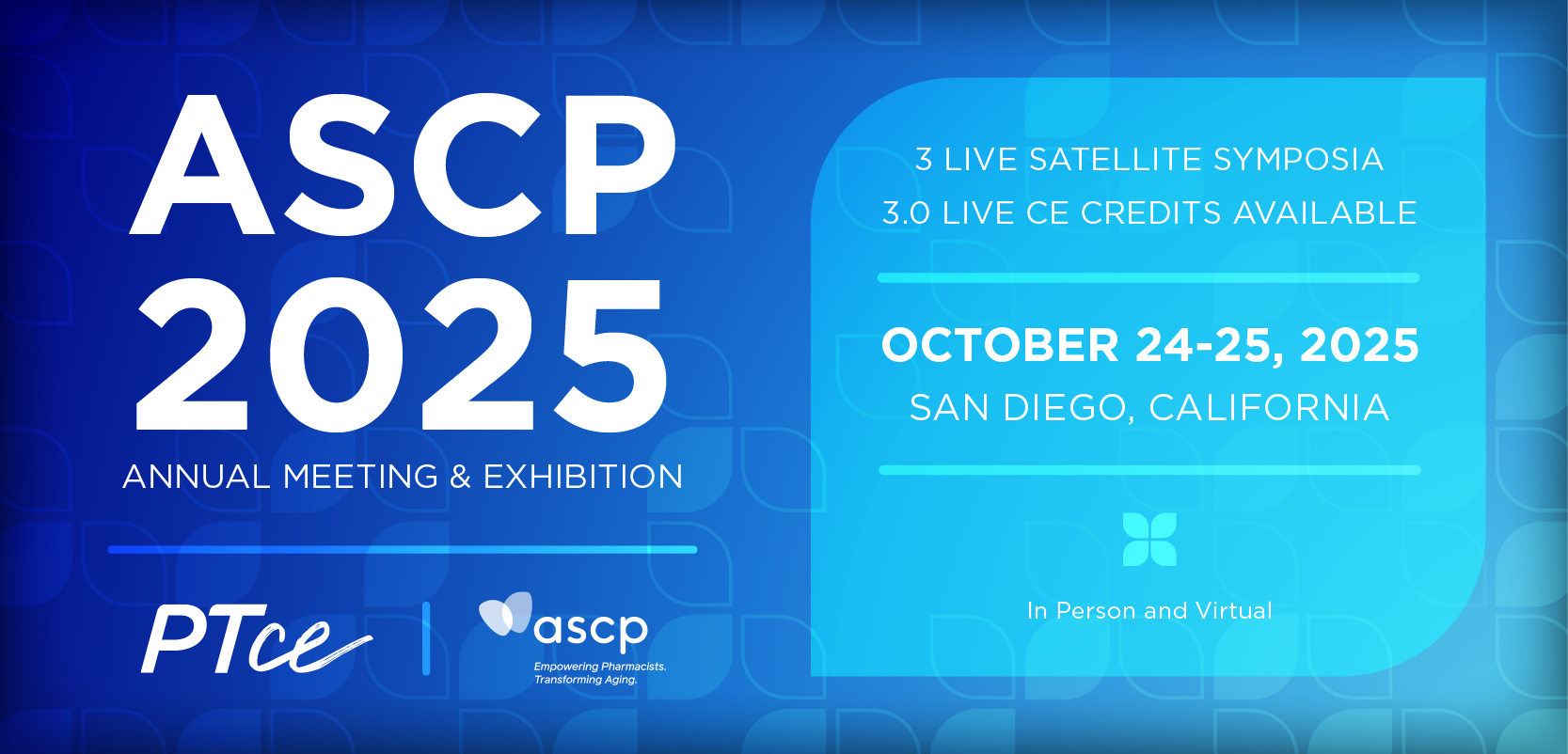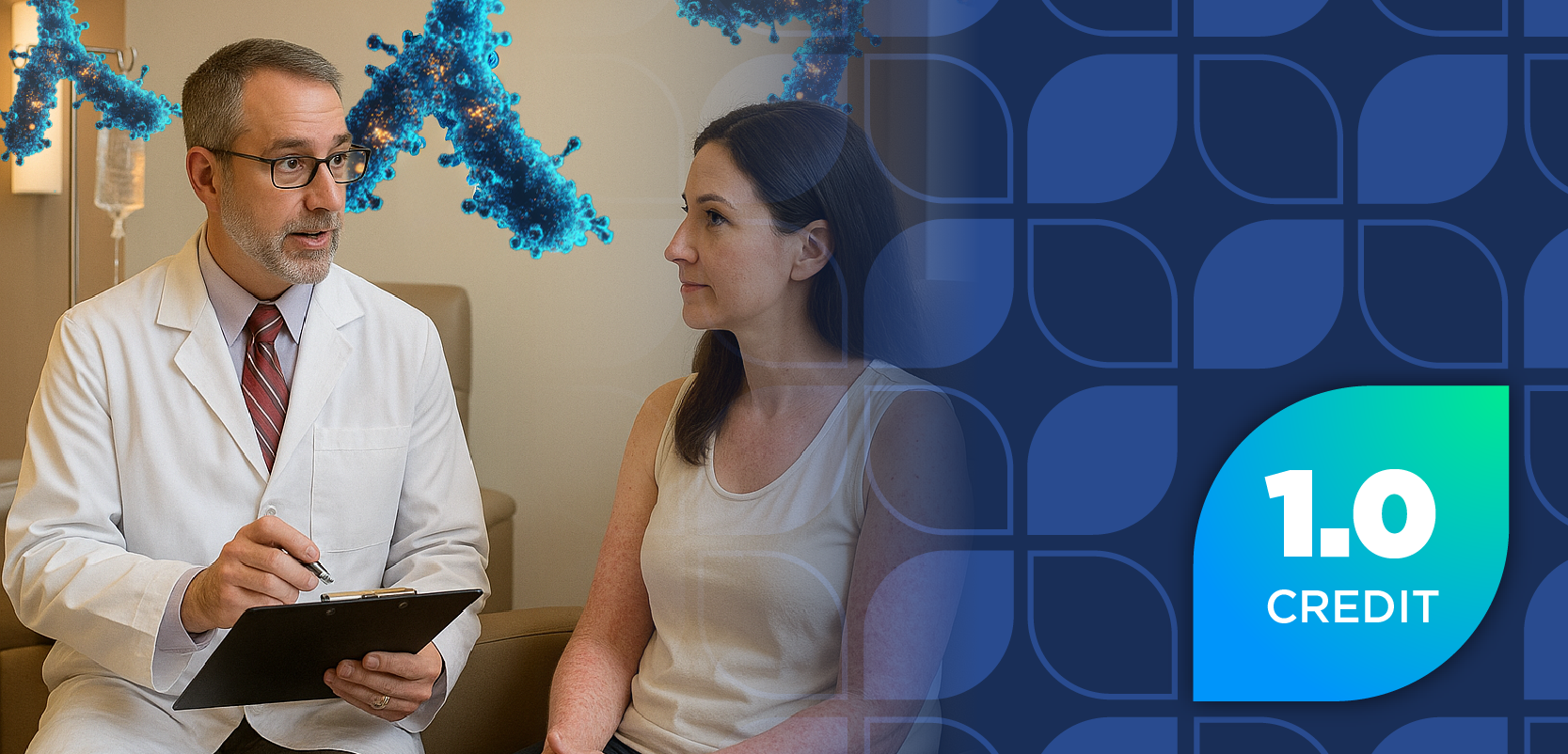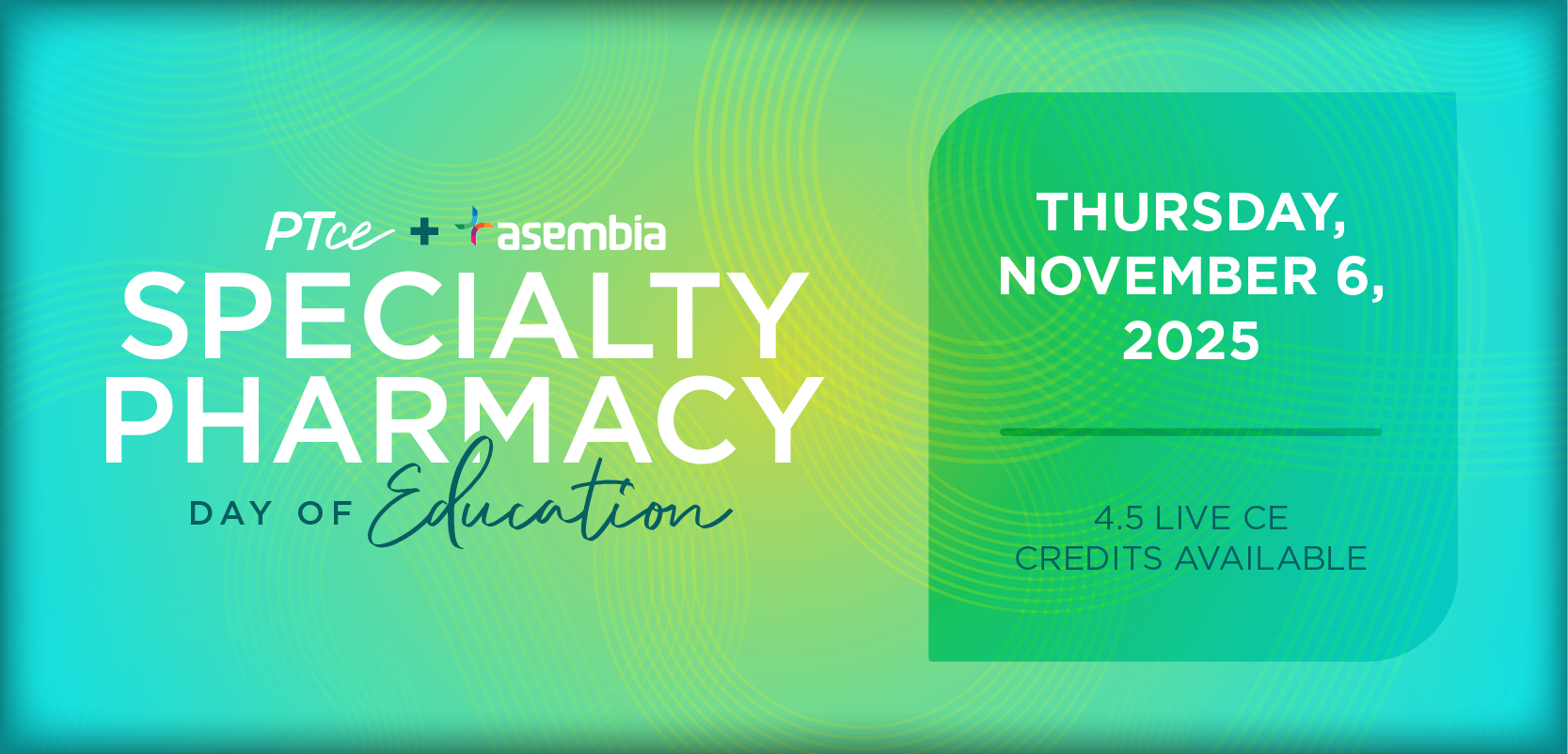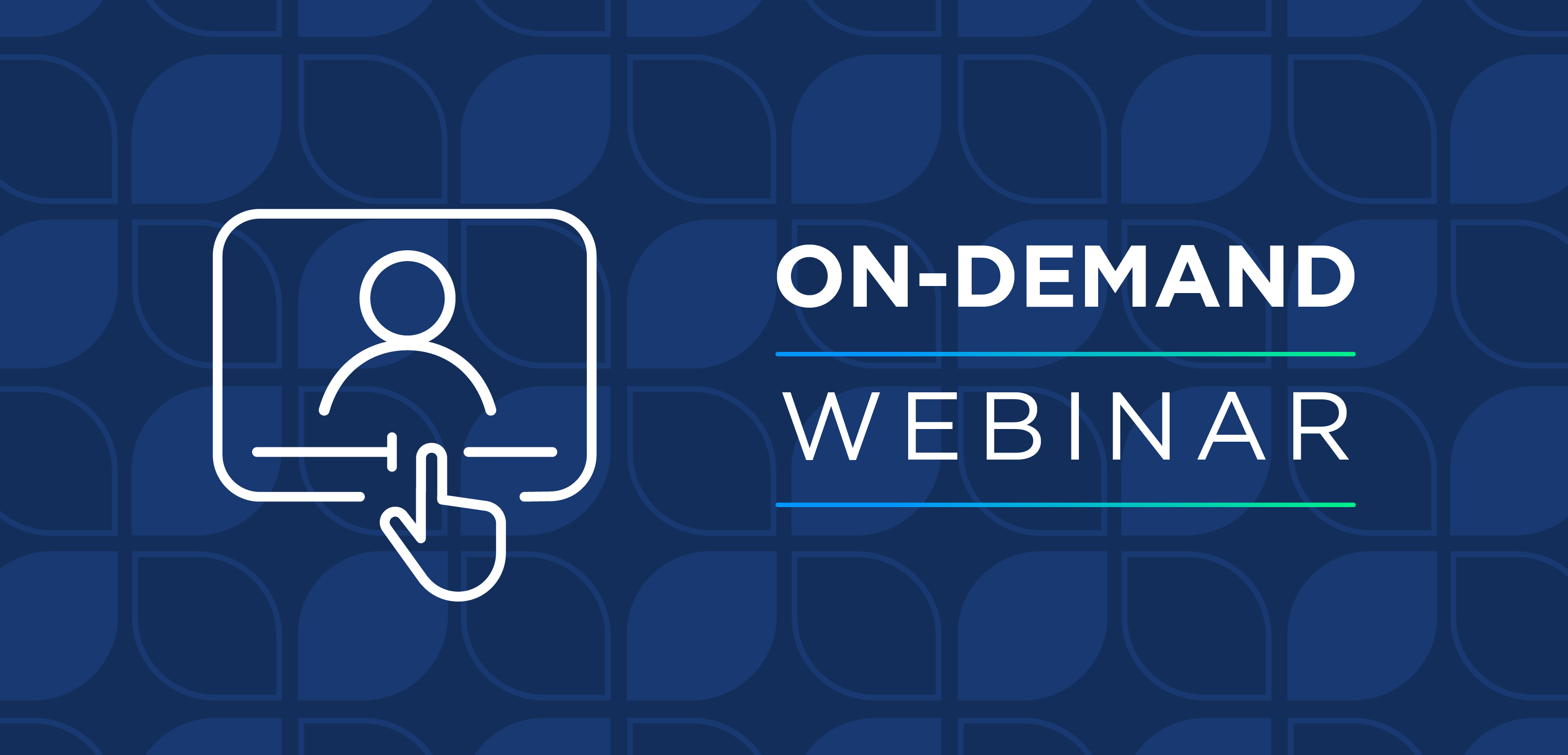
The Future of Treating AML
The panel concludes with their thoughts on the future of the AML treatment landscape.
Episodes in this series

Ryan Haumschild, PharmD, MS, MBA: We've talked about how we see AML [acute myeloid leukemia] management continuing. Danielle, I'd like to pose this question to you. How would you like to see your role progress in the field of AML management?
Danielle Marcotulli, APN, RN, MSN, FNP-BC, AOCNP: As Dr. McCloskey had said earlier, oftentimes the nurses or nurse practitioners are spending an extended amount of time with patients. We get to know them. In the future, I want to see the APNs [advanced practice nurse] have a bigger role in the treatment planning and decision-making during that journey.
Ryan Haumschild, PharmD, MS, MBA: Our advanced practice practitioners are incredible. There's such a collaboration with them. How do we start to empower them in the treatment decisions? What are the unmet needs or future directions of treatments for patients with AML? Dr. McCoy, we'll start with you.
Cole McCoy, PharmD: I'm really going to start from a pharmacist's perspective and focusing on those treatments. We mentioned those targeted agents, but those are only available in a subset of populations. A majority of AML patients don't have a targeted mutation, don't have a treatment that's available for them that's more specific. Going back to when we were breaking up treatments into different buckets, you have your conventional chemotherapy that we talked about. You have your targeted agents and now immunotherapies. At an academic institution, we're doing several clinical trials. We're starting to introduce some of those immunotherapies, so there's BiTE therapies—bispecific T-cell engages—that we've used, and CAR T-cell therapies as well. We're moving along in different paradigms. As we get more of these targeted agents, the question of sequencing is going to come up. Should we use this regimen first and save this one last? Should we do this one first and then have that one? It's going to depend on where the evidence is going to shift. There are trials out there using 2 different targeted agents together. What does that look like from a benefit [standpoint], as well as toxicity? There's a lot of unmet needs evaluating that literature and going forward with that.
Ryan Haumschild, PharmD, MS, MBA: We've got a lot of therapies moving forward, so I'm excited as well to see how the landscape changes soon. Danielle, your thoughts on unmet needs and future directions that you want to see in AML?
Danielle Marcotulli, APN, RN, MSN, FNP-BC, AOCNP: There is such a large population of patients that don't have a targetable mutation, so we really struggle with that. It's been promising in the last few years how many new medications [have emerged] and the strides that we've made in treating AML, especially targeted therapies that are in the outpatient setting that improve quality of life. I hope in the future that we have more of those.
Ryan Haumschild, PharmD, MS, MBA: Dr. McCloskey, your thoughts on unmet needs and where you see the future direction and treatment of these patients continuing?
James McCloskey, MD: In terms of what we need, it's simple. We need more tolerable, safe, and effective therapies that result in long and enduring remissions for our patients with AML. [With] the explosion of therapeutics we've had come to market in this disease space, we have to acknowledge that that's really been driven by our understanding of the molecular nature of this disease and what's going on at that cellular level. This disease is incredibly heterogeneous, and that's why we struggle. The truth is that this term, AML, encompasses many different diseases that need to be addressed differently. We need to get better at applying that molecular data and tailoring treatment to patients. We've mentioned several triplet therapies. Immunotherapy, cellular therapies are all exciting. The other thing that's so important is improving collaboration. With our institutions, I think Hackensack has a model where we're blessed to have incredible pharmacists that make my life so much better. They make our patients’ treatments safer, and [we have] an incredible nursing team that improves our patients’ experiences and [the] safety and efficacy of their care. We need to apply that to the community. There are a lot of instances where, in different parts of the country, it might be impossible to reach someone who only treats AML. Some of that might be improving with the use of telehealth and everything else, but we could do a better job collaborating and working together in clinical trials and bringing clinical research to the community.
Ryan Haumschild, PharmD, MS, MBA: To our viewing audience, we hope you found this Pharmacy Times® panel discussion to be useful and informative.
This transcript has been edited for clarity.
Newsletter
Stay informed on drug updates, treatment guidelines, and pharmacy practice trends—subscribe to Pharmacy Times for weekly clinical insights.

